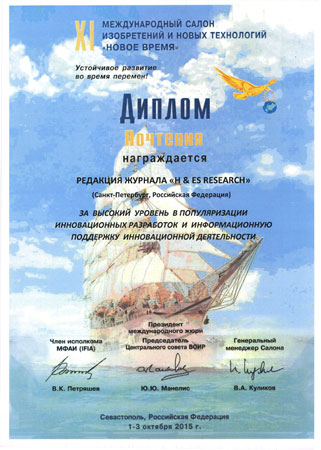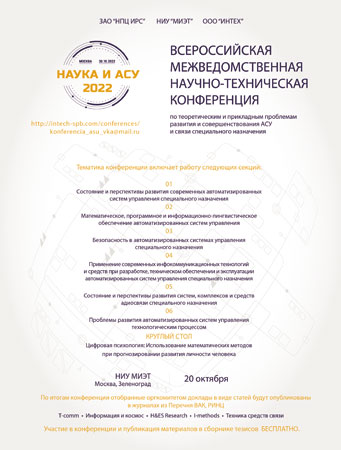Increasing performance requirements of computing systems used in the construction of information systems and networks, with particular relevance to enhancing their productivity. As the main indicator of efficiency of the investigated computing complex information system of a selected number of processed requests per unit of time, and the main measure of this property is the completion time of a program implementing the algorithm of information processing. The reduction of this indicator is expected due to the rational distribution of operations between the compute modules and nodes.
Basic directions of research and development computational techniques to increase the performance of computing systems and complexes of various purpose. And noted the importance of improving the scientific and methodological apparatus of forming the information structure of parallel programs.
The features hierarchical computing systems, causing difficulties in the formation of the information structure of parallel programs running on them. The task of forming the information structure of a parallel program that delivers the maximum argument of the function in the duration of its execution. As input data use the graph structure of the programme and some of the characteristics of the computing system. The result of this algorithm is optimal (in duration) the plan of operations of a parallel program in the form of matrix assignment operations on the computational modules of the system. The possibility of solving this problem by methods of mathematical programming and the main stages of the task solution by these methods.
Main features in the formation of mathematical models of problems of mathematical programming. The main constraints imposed on the range of permissible decisions. Describes the main groups of methods for solving problems of integer programming.
The problem of forming the information structure of a parallel program is reduced to the solution of the General problem of linear programming. As a method of optimization of the information structure chosen by the simplex method. Proved the integrality of the solutions to this problem the methods of linear programming. The resulting optimal execution plan operations of the parallel program without restrictions on the number of computing modules of the system.
The algorithm of forming the information structure of the program based on the optimal execution plan operations without taking into account the requirements on the maximum number of compute.



















